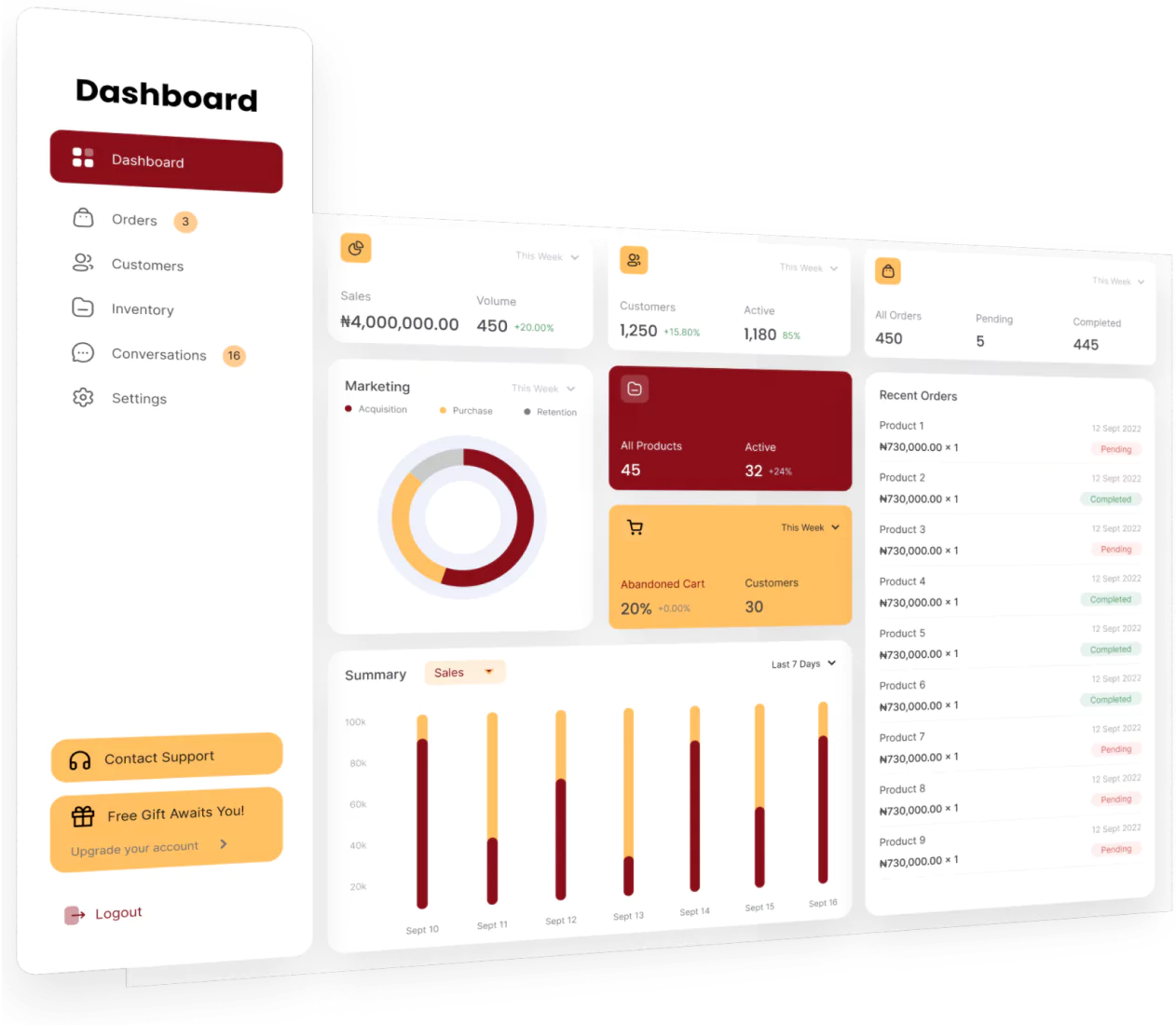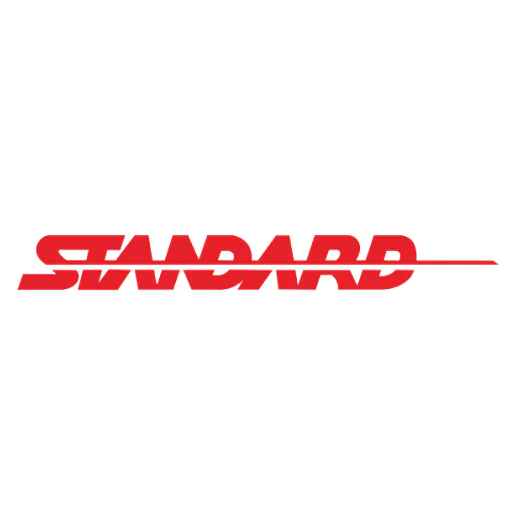Every business experiences fluctuations in demand, but what if those shifts were predictable? Seasonal demand refers to recurring trends in consumer behaviour that are influenced by time-based factors such as holidays, weather changes, or industry cycles.
While these patterns create opportunities for growth, they also have the challenge of improperly managing seasonal demand which can lead to stock shortages, overproduction, or loss of revenue. Understanding and anticipating these trends is critical for strategic planning, resource allocation, and long-term success.
Sa artikulong ito, tatalakayin natin kung paano nakakaapekto ang seasonal demand sa mga negosyo, ang mahahalagang estratehiya upang malampasan ang mga hamon nito, at kung paano magagamit ang data-driven insights upang gawing kalamangan ang mga pagbabagong ito sa demand.
Table of Contents

Key Takeaways
|
What is Seasonal Demand?
Seasonal demand is the predictable fluctuation in consumer interest and purchasing behaviour that occurs at specific times of the year. Holidays, weather patterns, or industry trends often drive these changes.
For example, retailers experience higher demand for gifts during the holiday season, while travel companies see an increase in bookings during summer or peak vacation periods. Understanding seasonal demand helps businesses anticipate customer needs, optimize inventory, and develop marketing strategies that align with these recurring trends.
By recognizing these patterns, companies can better allocate resources and maximize profitability throughout the year.
Benefits of Seasonal Demand for the Company
Seasonal demand presents valuable business opportunities to drive growth, optimize operations, and enhance customer engagement. By strategically managing these fluctuations, companies can maximize their profitability and strengthen their market position.
Here are some key benefits of seasonal demand for businesses:
- Increased revenue opportunities: Seasonal peaks allow businesses to generate higher sales during specific periods. For example, retailers can capitalize on holiday shopping sprees, while travel and hospitality industries benefit from peak vacation seasons. Proper planning ensures companies maximize their earnings during these high-demand periods.
- Better inventory and resource management: Understanding seasonal demand helps businesses optimize stock levels, reducing the risks of overstock or stock shortages. With accurate demand forecasting, companies can align their production and supply chain strategies to improve efficiency and reduce waste.
- Enhanced marketing effectiveness: Seasonal trends provide businesses with opportunities to create targeted marketing campaigns that resonate with customers. Promotions, discounts, and special offers during peak seasons can drive engagement and improve brand visibility, leading to higher conversion rates.
- Improved cash flow: A well-managed seasonal demand strategy helps businesses maintain a steady cash flow by balancing high-revenue periods with lower-demand times. The profits gained during peak seasons can support operational costs and investments during slower months.
- Competitive advantage: Companies that effectively anticipate and respond to seasonal demand can outperform competitors by offering the right products at the right time. This strategic advantage not only boosts sales but also strengthens customer loyalty and brand reputation.
Challenges of Seasonal Demand on Businesses
While seasonal demand offers significant benefits, it also provides challenges that businesses must carefully manage.
Failure to anticipate and adapt to these fluctuations can lead to inefficiencies. Here are some common challenges of seasonal demand and how they impact businesses:
1. Stockouts
Stockouts occur when a business runs out of a product due to higher-than-expected demand, leading to missed sales opportunities and dissatisfied customers. This issue is particularly common during peak seasons when demand surges beyond forecasted levels.
Frequent stockouts can damage a company’s reputation, drive customers to competitors, and result in long-term revenue loss. Additionally, businesses may rush to restock, often leading to higher procurement costs or supply chain disruptions.
To minimize stockout risks, companies need accurate demand forecasting, efficient inventory management, and strong supplier relationships to ensure they can meet customer needs without excessive delays.
2. Overstocking
Overstocking happens when a business holds more inventory than necessary, often as a precaution against high seasonal demand. While extra stock can prevent lost sales, excessive inventory has significant drawbacks. It ties up capital, increases storage costs, and sometimes leads to product obsolescence or spoilage, especially for perishable goods.
Overstocking can also force businesses to offer heavy discounts to clear out excess stock, ultimately reducing profit margins.
To avoid this issue, companies need data-driven inventory management strategies, precise demand forecasting, and a well-structured supply chain to maintain the right balance between supply and demand.
3. Supply chain delays
Supply chain delays are a common challenge during peak seasons when demand surges put pressure on manufacturers, suppliers, and logistics providers. Increased order volumes, transportation bottlenecks, and production constraints can lead to longer lead times, causing businesses to struggle with meeting customer expectations.
Delays in the supply chain can result in stockouts, lost sales, and customer dissatisfaction, ultimately impacting a company’s reputation and profitability. To mitigate these risks, businesses should build strong relationships with reliable suppliers, diversify sourcing options, and implement demand forecasting tools to anticipate potential disruptions and maintain smooth operations.
Anticipating Sales Volume Fluctuations

Accurately forecasting product demand before the peak season is crucial to understanding changes in sales volume and avoiding inventory problems like stockouts and overstocking.
However, this can be challenging. No business can predict all fluctuations in trends or potential supply chain delays. That said, there are reliable methods to make your forecast as accurate as possible. Here are some strategies to help you anticipate sales volume changes.
1. Using real time data for accurate analysis
Using real-time data for accurate analysis is essential when anticipating sales volume fluctuations. Businesses can make informed decisions and adjust strategies by continuously monitoring consumer behavior, inventory levels, and market trends.
Real-time data allows companies to quickly spot emerging patterns or shifts in demand, helping them respond proactively to any changes. This approach improves forecast accuracy and enables businesses to stay agile, reducing the risk of stockouts or overstocking and ensuring they are prepared for peak seasons.
2. Effective inventory control
Effective inventory control is crucial for managing sales volume fluctuations. By maintaining accurate stock levels and monitoring inventory in real time, businesses can meet customer demand without overstocking or running into stockouts.
Proper inventory control allows companies to respond quickly to shifts in demand, adjusting their orders and production schedules accordingly. This proactive approach helps businesses optimize resources, reduce waste, and maintain smooth operations, especially during peak seasons.
3. Tracking peak seasons
Tracking peak seasons is an essential step in anticipating sales volume fluctuations. By analyzing historical data and identifying patterns from previous years, businesses can predict when demand will likely surge. This allows companies to plan, ensuring they are well-prepared for busy periods.
By tracking these peak times, businesses can adjust marketing efforts, staffing, and inventory management, maximizing sales opportunities and minimizing disruptions. Properly anticipating peak seasons leads to smoother operations and a better customer experience.
Strategies for Predicting Seasonal Demand and Staying Ahead
To effectively predict seasonal demand and stay ahead of potential challenges, businesses need to implement a range of strategies that enable them to anticipate changes and adapt accordingly.
Companies can make informed decisions and optimize operations by combining data analysis, careful planning, and industry insights. Here are some key strategies to help forecast seasonal demand and ensure your business remains competitive:
- Leverage historical data: Analyzing past sales trends and seasonal patterns can provide valuable insights into future demand. By reviewing data from previous years, businesses can identify recurring peaks and plan their resources accordingly.
- Use advanced forecasting tools: Investing in forecasting software or ERP systems equipped with predictive analytics can help businesses make more accurate predictions. These tools analyze real-time data and adjust forecasts based on market changes, improving overall accuracy. With HashMicro’s AI-powered ERP you can automate forecasting, gain real-time financial insights, and optimize decision-making—helping your business stay ahead with confidence.
- Monitor industry trends: Staying informed about industry trends and external factorsthat affect demand, such as changes in consumer behavior or economic conditions, can help businesses anticipate shifts and adjust strategies before they impact sales.
- Collaborate with suppliers and partners: Building strong relationships with suppliers and logistics partners ensures that your business can respond quickly to changes in demand. Effective communication can prevent delays and guarantee that stock levels remain aligned with predicted demand.
- Implement flexible staffing plans: Adjusting staffing levels based on predicted sales fluctuations ensures businesses are prepared for peak seasons without overstaffing during quieter times. Flexible staffing can help manage labor costs and improve efficiency during busy periods.
Ease Your Seasonal Demand Process with HashMicro Software

As businesses navigate fluctuating seasonal demands, leveraging the right tools becomes essential for smooth operations. HashMicro’s software offers a comprehensive solution to streamline this process, helping you efficiently manage inventory and optimize workflows.
With its powerful capabilities, including the best inventory management software, it ensures that you stay ahead during peak periods. Let’s explore the key features that make HashMicro an invaluable asset for your business.
- Stock forecasting: Stock forecasting tools use historical sales data, market trends, and predictive analytics to estimate future demand. This helps businesses prepare for seasonal peaks by ensuring they have the right amount of inventory without overstocking or running into stock shortages.
- Run rate reordering rules: This feature automates inventory replenishment by setting reordering thresholds based on real-time sales and usage data. By defining run rate reordering rules, businesses can maintain optimal stock levels and avoid disruptions during seasonal demand surges.
- Stock optimizer per warehouse: A stock optimizer ensures balanced inventory distribution across multiple warehouses based on demand patterns. It helps businesses allocate stock efficiently, preventing shortages in high-demand locations while avoiding excess inventory in low-demand areas.

Conclusion
Understanding seasonal demand is crucial for businesses to optimize inventory, streamline operations, and maximize profitability during peak periods. By leveraging data-driven forecasting, efficient inventory management, and automation tools, companies can minimize risks such as stockouts, overstocking, and supply chain delays.
Investing in the right ERP solution ensures businesses stay ahead of demand fluctuations and make informed decisions. HashMicro offers a comprehensive inventory and supply chain management system to help businesses seamlessly navigate seasonal demand.
Get a free demo today and discover how automation can enhance your operational efficiency and drive sustainable growth.

FAQ Seasonal Demand
-
What is an example of a seasonal market?
An example of seasonal marketing is a holiday-themed campaign, such as a Black Friday sale, where businesses offer exclusive discount codes and promotions to take advantage of increased shopping activity.
-
What is an example of seasonal variation in demand?
Seasonal demand refers to the changes in consumer buying habits depending on the time of year. This may be related to changes in season (i.e., higher demand for snow boots during winter vs. higher demand for sunglasses during summer)
-
What is the meaning of seasonal demand?
Seasonal demand refers to fluctuations in purchasing behavior at different times throughout the year. These variations may be related to holidays, weather changes, cultural events, or industry-specific trends. Thankfully, brands can often predict seasonal demand, making it easier to plan accordingly.



































